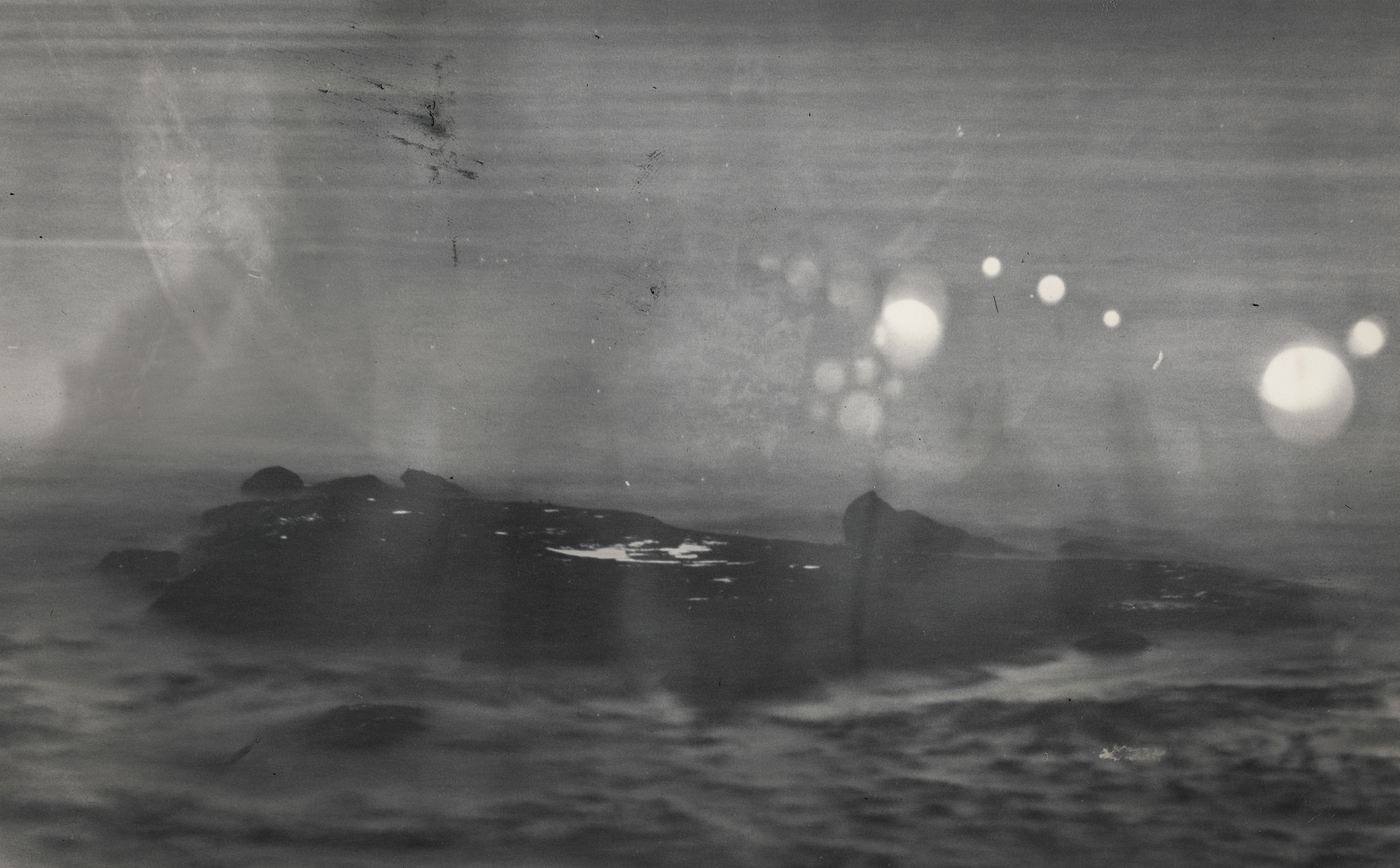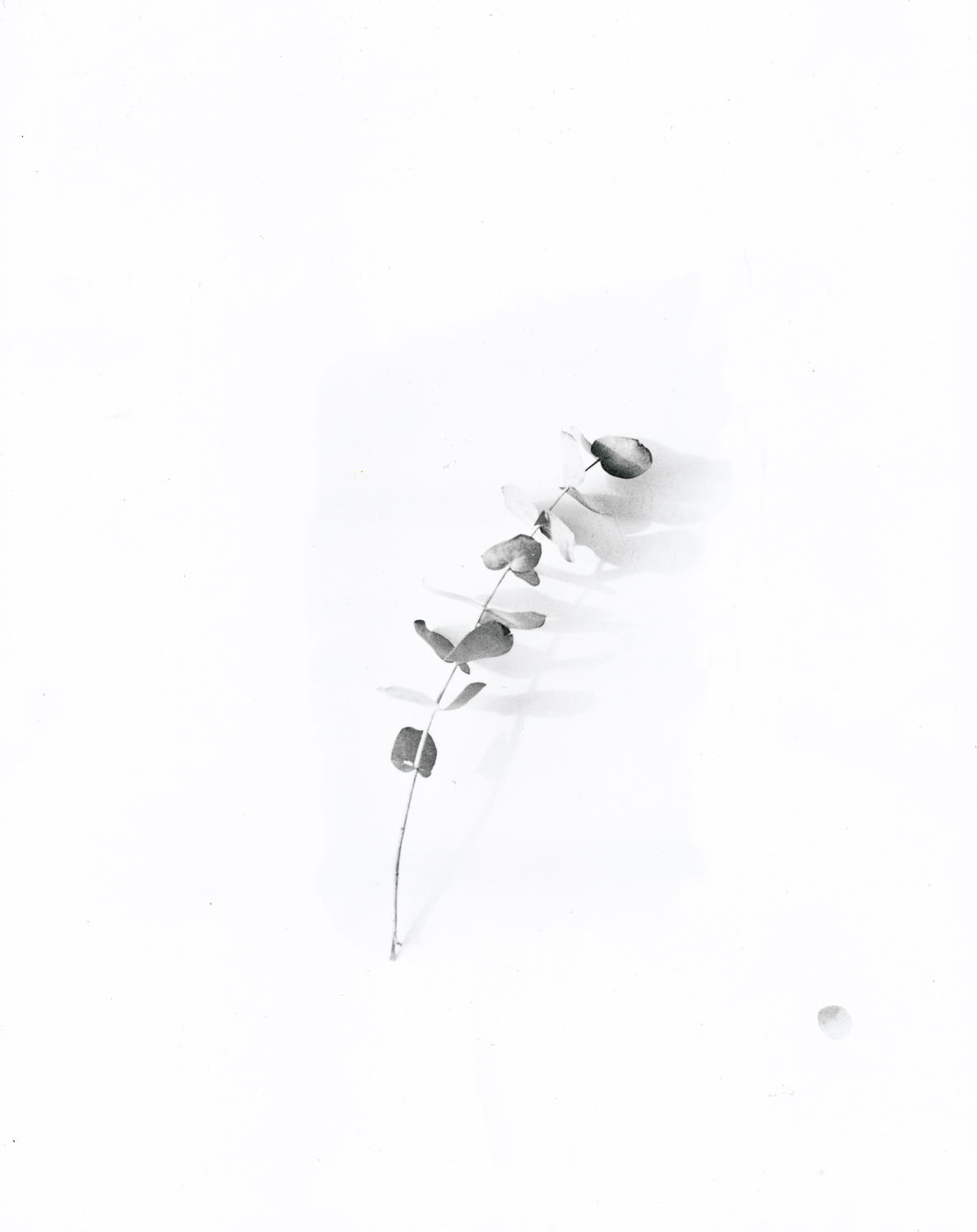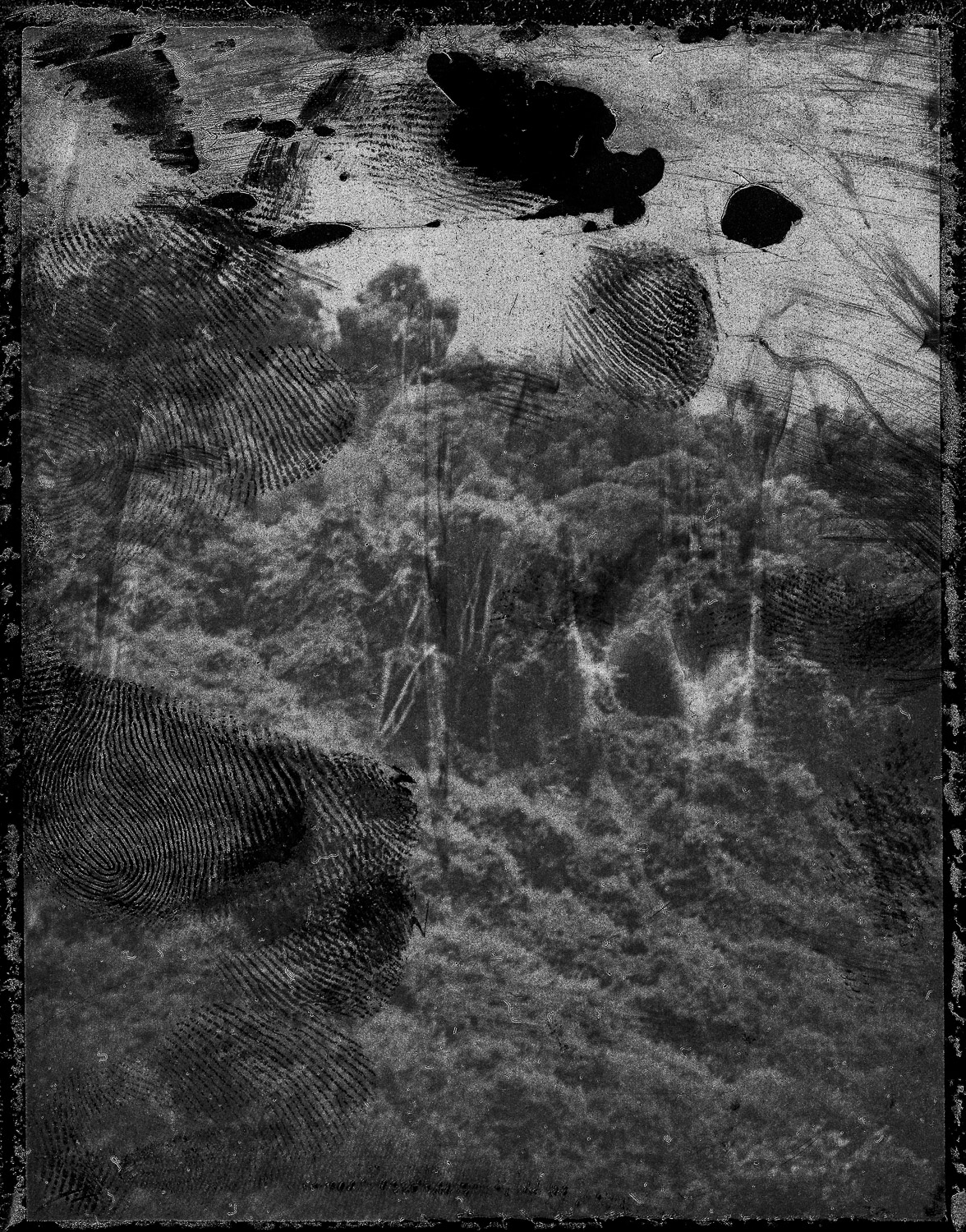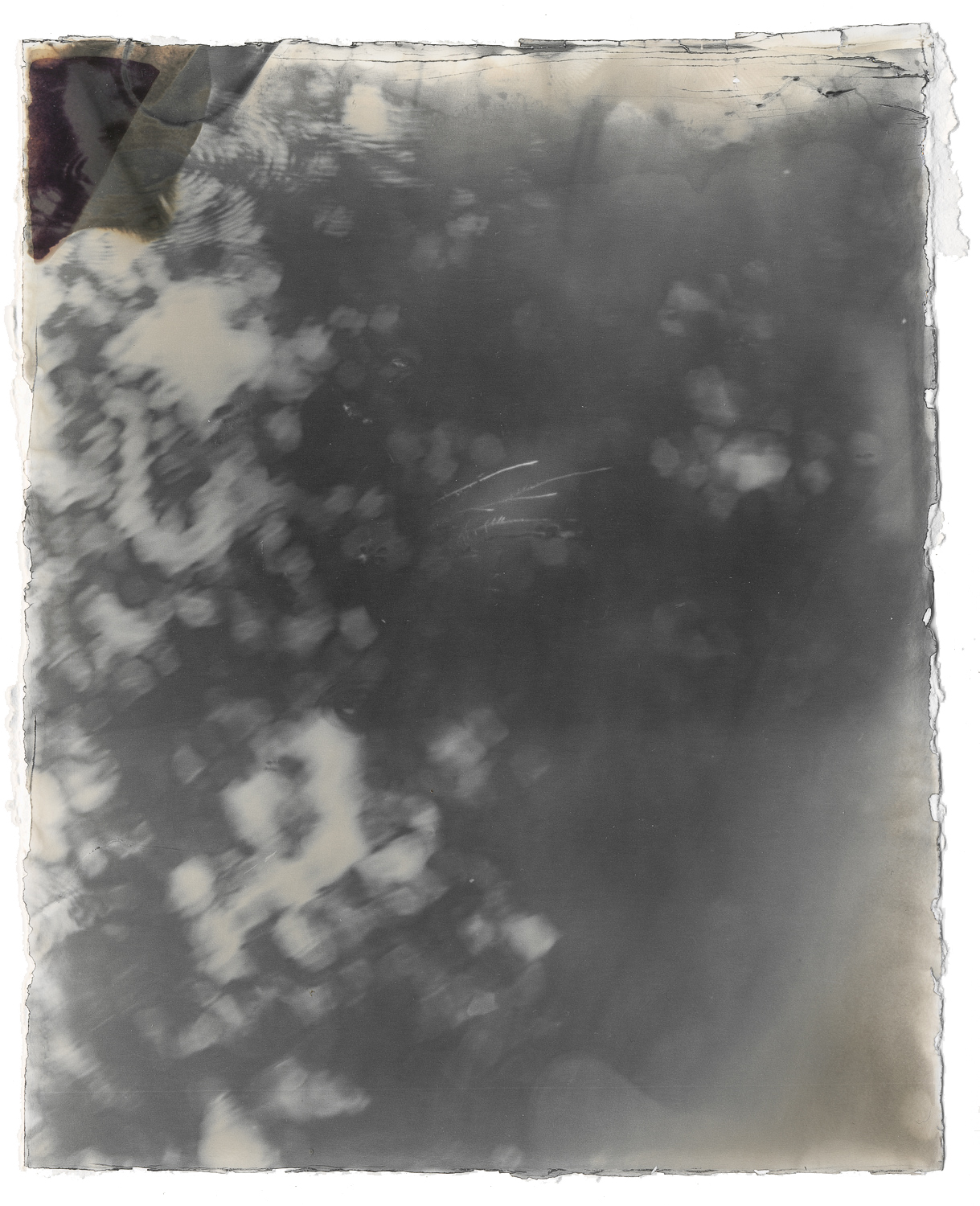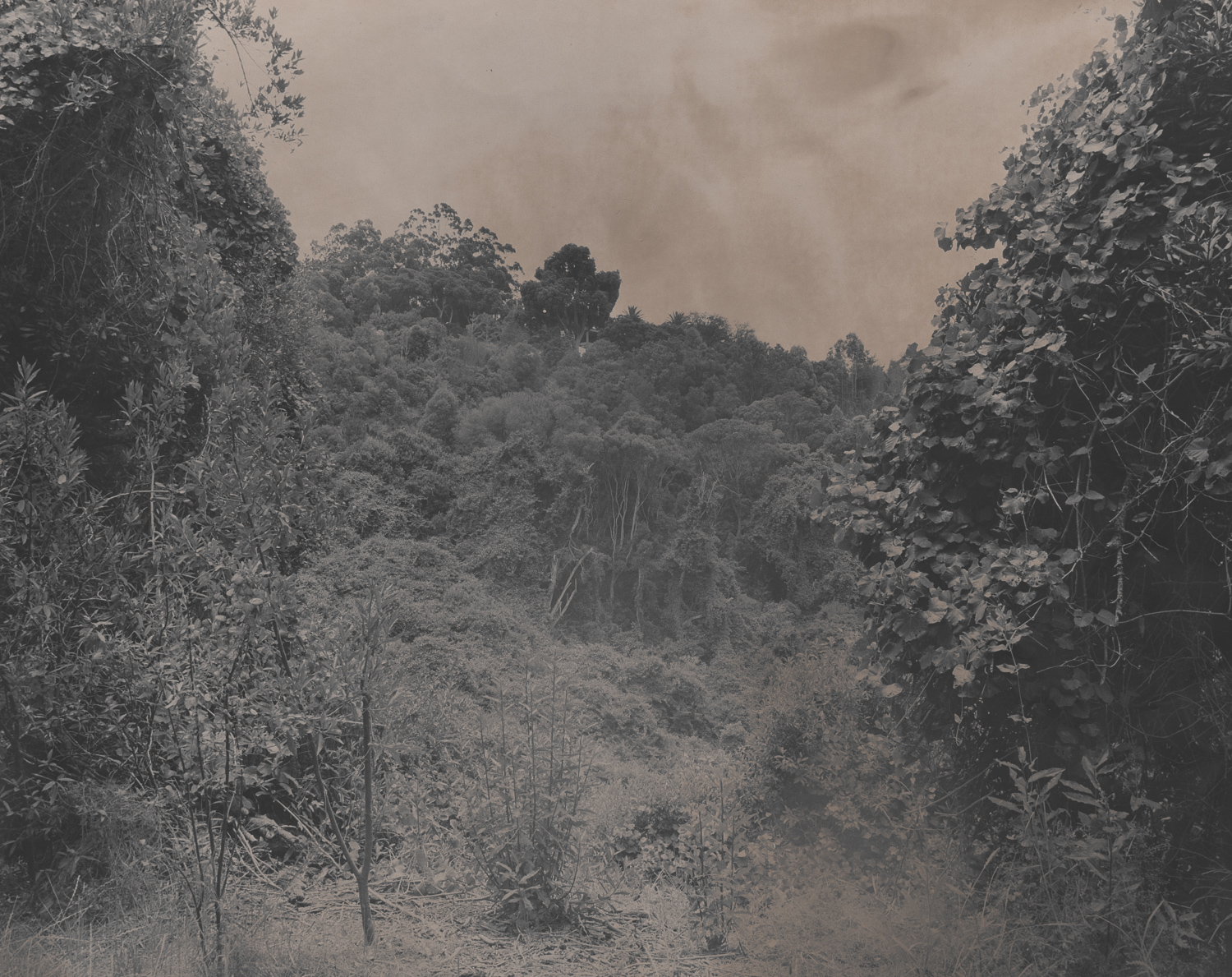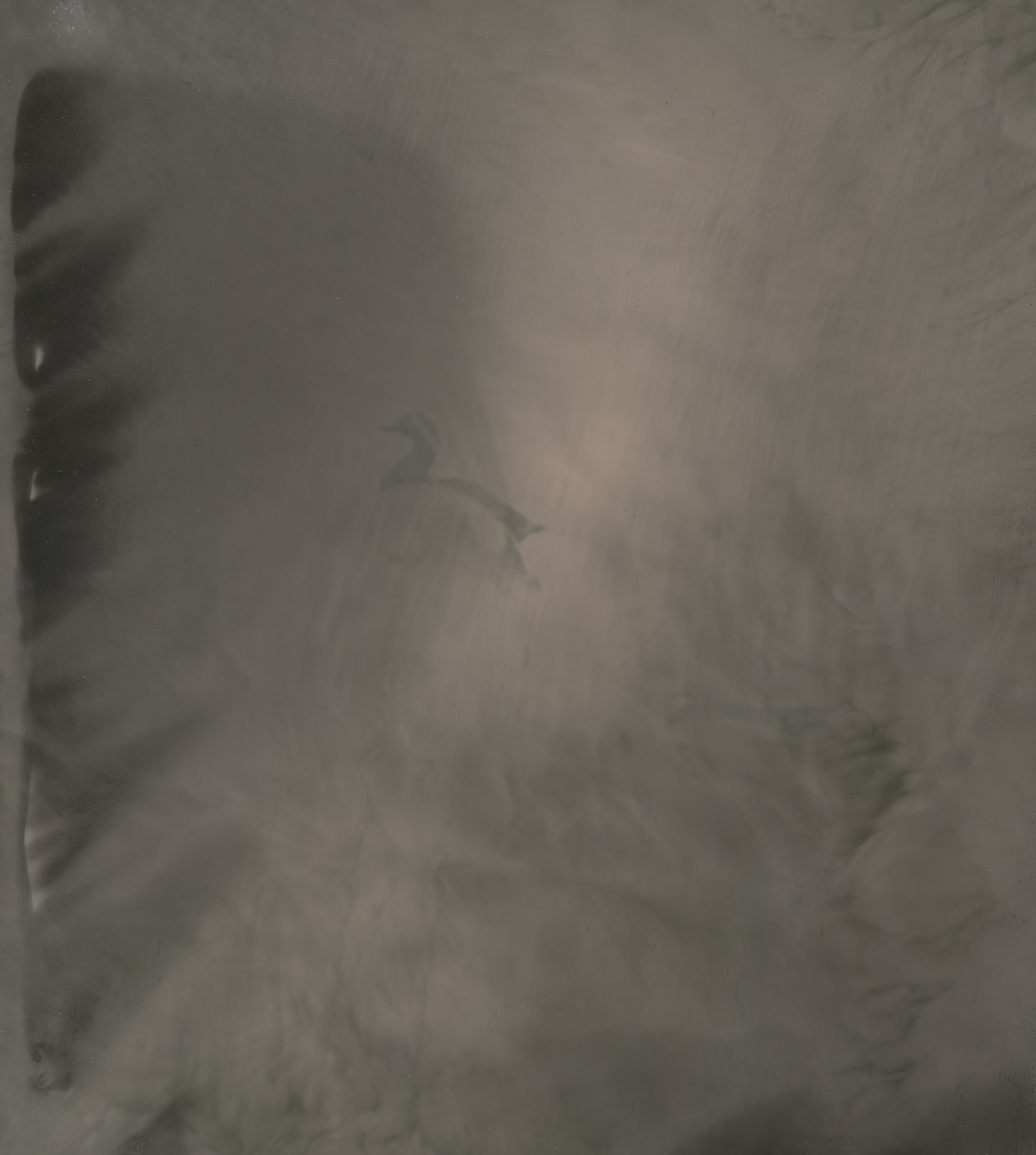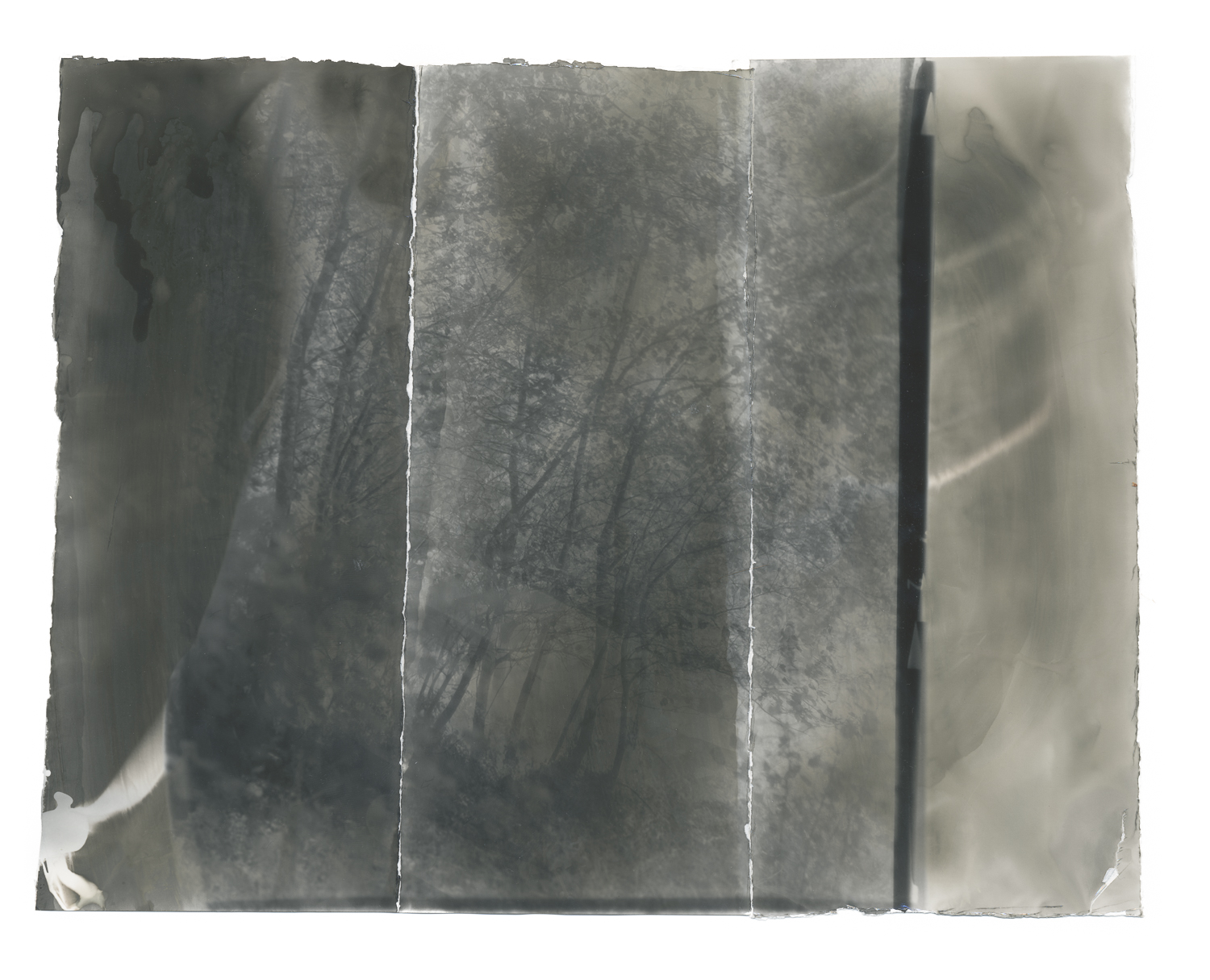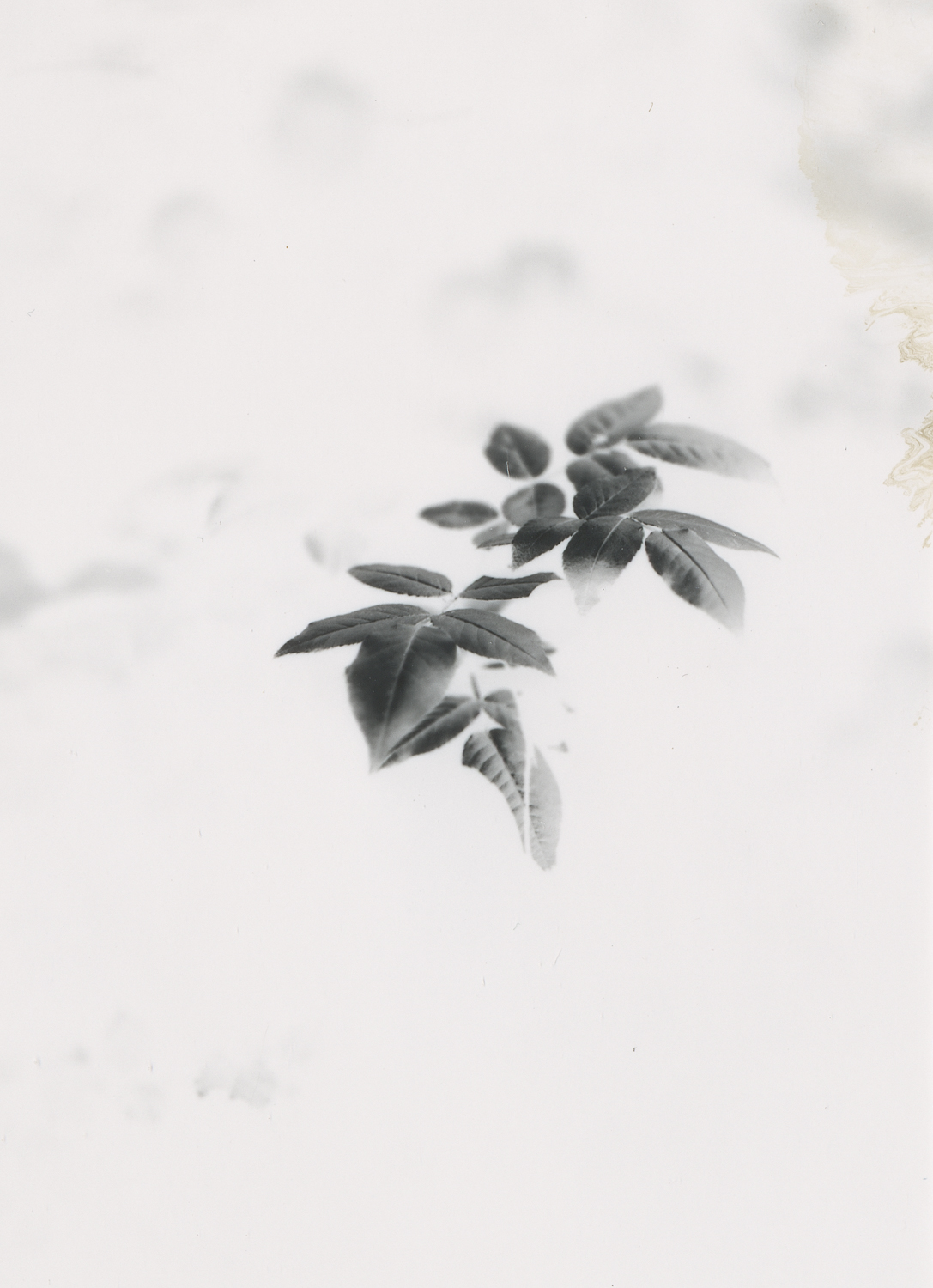Scarlett temptress. Basking in blood drenched light. Images made with passion unalike. Time, love, nurturing as the photographic image is taken through the various stages of development. Placed in tray one to develop, placed in the next bay containing citric acid, development is halted. Lastly ammonium thiosulfate is used as a way of fixing an image in its final form. However, working in a darkroom is never quite that straight forward, as image manipulation is absolutely boundless. As I have often articulated in my writing, photography is the most surreal of all art expressions except of course for film.
In an age of instant gratification that has spread like a virus, infiltrating every aspect of our daily lives, supposedly as a measure of “convenience”, some photographers like East London bred Matt Slater, are staying true to the biggest photographic seductress of them all, the darkroom.
Slater’s darkroom material could perhaps be seen by an untrained eye as mistakes that somehow made it into his archives, however it is his free-flowing experimentation and the abstract nature of his images that makes them very visceral, surreal, haunting, distorted, and in their own way remnants of perfection. His experimental soft depictions which often leads the viewer to question what the actual subject matter is, represents as a hazy dream from a time long passed. His images evoke a calmness and an almost hidden message to take life a little slower.
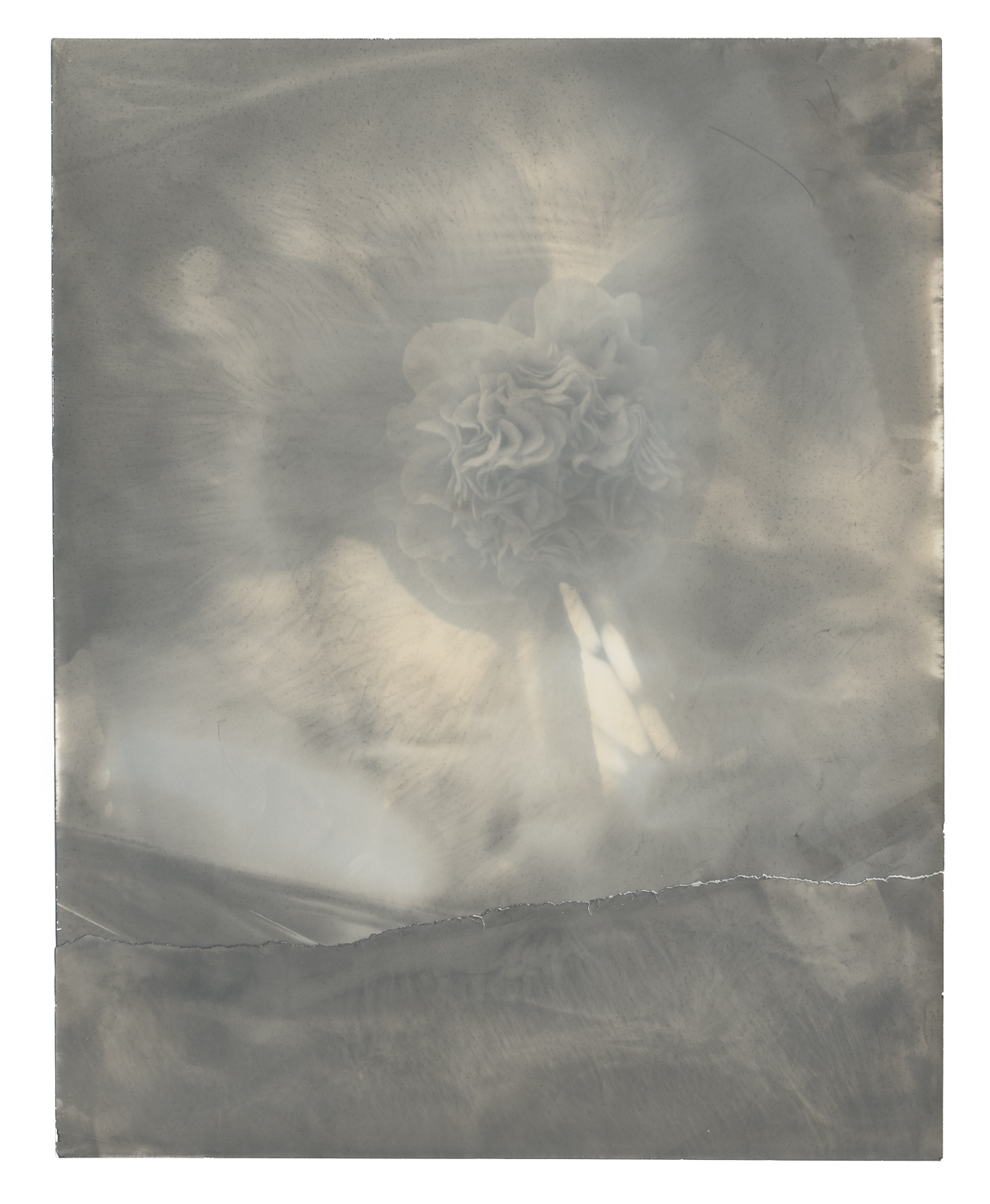
Slater received his technical training via his studies at the Cape Town School of Photography. Flawed, messy, a monochromatic depiction of naturalistic subject matter. Within his practice Slater often turns to photograms, a process in which only photographic paper, object and light is used and no camera steps into the process of making. His photographic temple becomes a meditational space in which he explores with creating various colour effects, solarizing and bleaching images. Burn, soak, whatever he chooses to explore, images that take the appearance perhaps of a flaw but are in fact highly constructed.
With a belief that the digital world has led to the saturation of images due to their widely accessible display, Slater uses analogue methods of production as a way to set himself apart from the mass influx of image bombardment on the Internet. A space in which, image production has become stale and repetitive. Another pro for analogue approaches according to Slater, is that it allows more time to think about work. Dabbling in analogue myself, I tend to agree with him on this as this mode of production is expensive, most analogue image producers only snap when they feel certain of a good quality image resulting from their process.
It is clear that there is appeal to the work that Slater creates that can be gaged by simply looking at the number of features his work has received in recent times, not to mention his recent book release titled, Efflorescent Cherry. His commendable practice reminds us that as photographers we have the responsibility to keep old forms of image production alive. Analogue image production, in my experience is a greater learning tool into the technicalities of understanding various lighting situations, greater than that which digital modes can provide.
